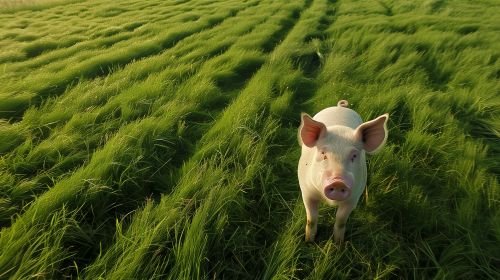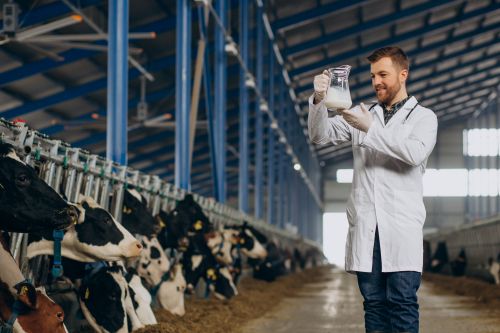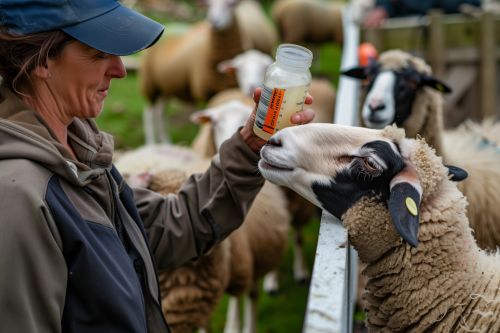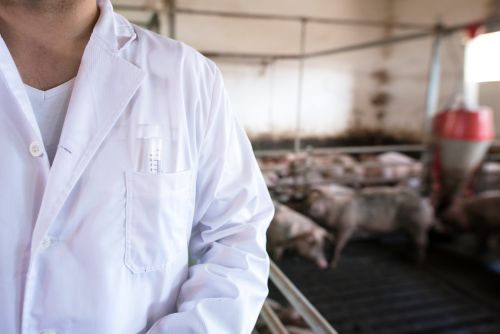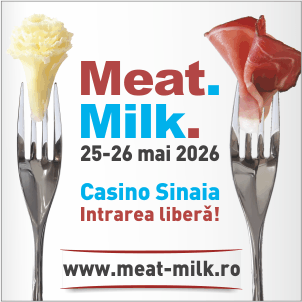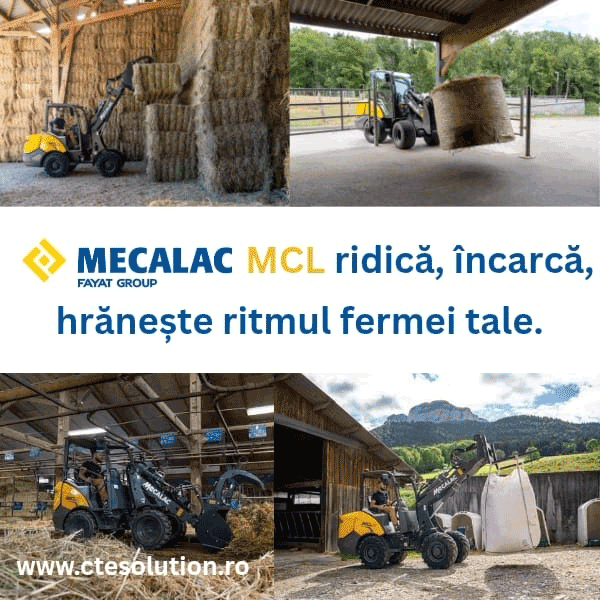411

In 2025, Romania’s meat industry is facing significant economic pressure due to rising feed prices, which directly affect production costs, farmers’ profitability, and price stability for consumers. Although domestic grain production has remained relatively stable, international market fluctuations and high logistical costs have amplified the sector’s vulnerabilities.
According to Eurostat, prices for corn and barley — the main components of animal feed — increased by 18% between 2023 and 2024, while the overall cost of animal nutrition rose by 25%. Meanwhile, the FAO Food Outlook 2024 report notes that global markets remain highly volatile due to climatic conditions and trade tensions in key exporting regions.
In Romania, the impact is most visible in the poultry and swine sectors, where feed accounts for up to 65% of total production costs. According to data from the National Institute of Statistics (INS), operational expenses for livestock farms increased by 14% over the past year, while retail prices rose by only 7%, reducing producers’ profit margins.
“For many farmers, 2024 was a year of survival rather than profit. Without support to stabilize feed costs, the sector’s competitiveness will erode,” stated a MADR (Ministry of Agriculture and Rural Development) press release regarding the implementation of the National Strategic Plan (NSP) 2023–2027.
The national program provides partial compensation for rising input costs and funding for grain storage facilities and feed-mixing units.
The World Bank warns that Romania must invest more in storage infrastructure and cooperation between crop and livestock farms to reduce dependence on international markets. At the same time, the European Commission recommends diversifying sources of plant-based protein (local soy, peas, alfalfa) to reduce import costs and the carbon footprint.
In the short term, processors are attempting to keep prices under control through long-term supply contracts and logistics optimization. However, if the upward trend in feed prices continues, processed meat prices could rise by 10–12% in 2025, according to Eurostat estimates.
For Romania, the challenge is not only economic, but structural: strengthening the supply chain and reducing dependence on imported raw materials. Only through vertical integration, cooperation, and strategic investment can the meat industry maintain its competitiveness in an increasingly demanding European context.
(Photo: Freepik)
